Despite devastating losses, can the fishing and aquaculture industries learn to adapt to – or even benefit from – these climate-change events?
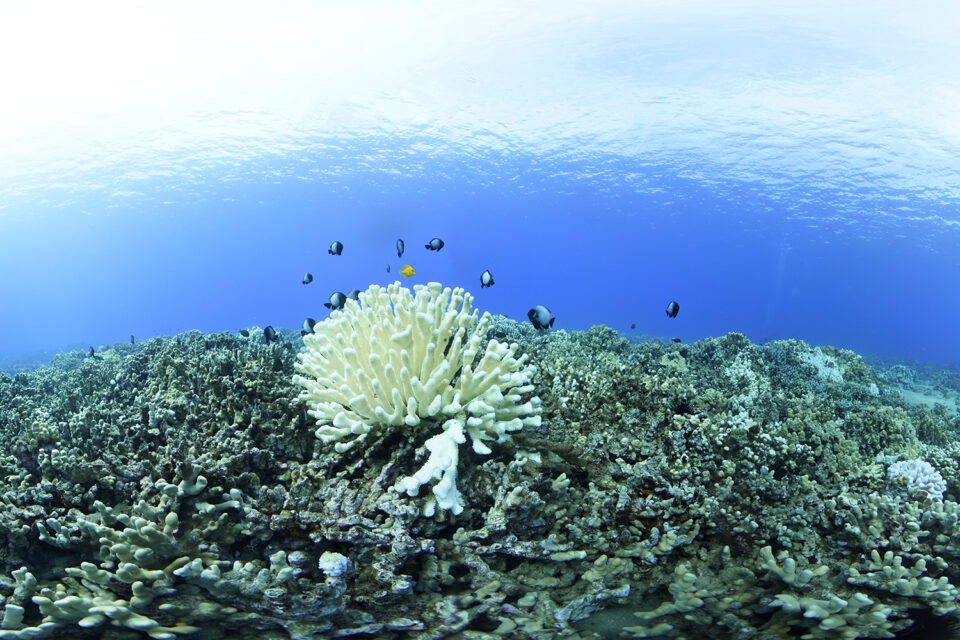
As one of the effects of climate change, severe marine heatwaves are not only more frequent in all our major ocean basins; these events are also becoming ever-more costly to fishing communities, in ways we are likely under-tallying. This is the hard-hitting conclusion of research published last October in the journal Science. In some past incidents, the final bill has run into billions of dollars. Although the trend is on track to intensify in coming years, the study’s authors point out that not everything about it is cause for alarm: Fishing communities are quickly learning how to ride out – or even benefit – from marine heatwaves.
Learning how to adapt will require a better understanding of potential mitigation strategies as well as accurate predictions about where marine heatwaves will hit next. And since marine heatwaves don’t occur in the same place every year, sharing best practices among fishing communities is also important so “everyone can start to cope with these extreme events,” according to study co-author Alistair Hobday, research director of CSIRO Oceans and Atmosphere in Australia.
‘A learning experience’
For decades, the ocean has absorbed much of the extra carbon produced by human activity, which has led to the steady rising of its surface temperatures to their current record highs.
“That’s climate change, now we introduce a second aspect, which is marine heatwaves,” Hobday said.
Resulting from heat entering the ocean – via the atmosphere, currents, or both – marine heatwaves can cause species’ range shifts and mass mortalities, harmful algal blooms (HABs) and altered foundation species such as coral and seagrass. Hobday calls these anomalies “a window to the future” that show us what ocean norms will look like in 30 years.
According to the Science study, eight of the 10 most extreme of these events have happened since 2010. One that occurred in Chile in 2016 cost more than (U.S.) $800 million in direct aquaculture losses. A 2011 event in Western Australia cost $3.1 billion in indirect losses from lost carbon storage due to impacted seagrass beds, plus additional losses when abalone, scallop and crab fisheries closed over 9,000 miles away in the U.S. state of Washington. A 2012 heatwave in the Gulf of Maine led to $38 million in losses for the lobster industry – although this was due to a price plummet from glut rather than a die-off.
Hobday said Maine lobstermen’s response to 2012 “offers a learning experience that flexible industries will use to explore what they might do differently” in the face of upcoming marine heatwaves. According to a 2018 paper in PNAS, after 2012, Maine lobstermen established conservation practices – eschewing quotas in favor of minimum and maximum landing sizes, in addition to the longstanding practice of v-notching reproductive females – that allowed them to thrive when another heatwave hit in 2016. That one decimated the southern New England lobster industry, but in the Gulf of Maine, lobster abundance increased by 515 percent.
Other measures helped shield Maine lobstermen in 2016. For starters, “They built up more processing capacity in the U.S.” so they didn’t have to rely so heavily on Canadian processors, said Andrew Pershing, co-author of the PNAS study and director of climate science at Climate Central. “And they built up more markets for the softshell product that comes during warm summer and fall months. As stressful as they are, these big events can help drive adaptation forward.”
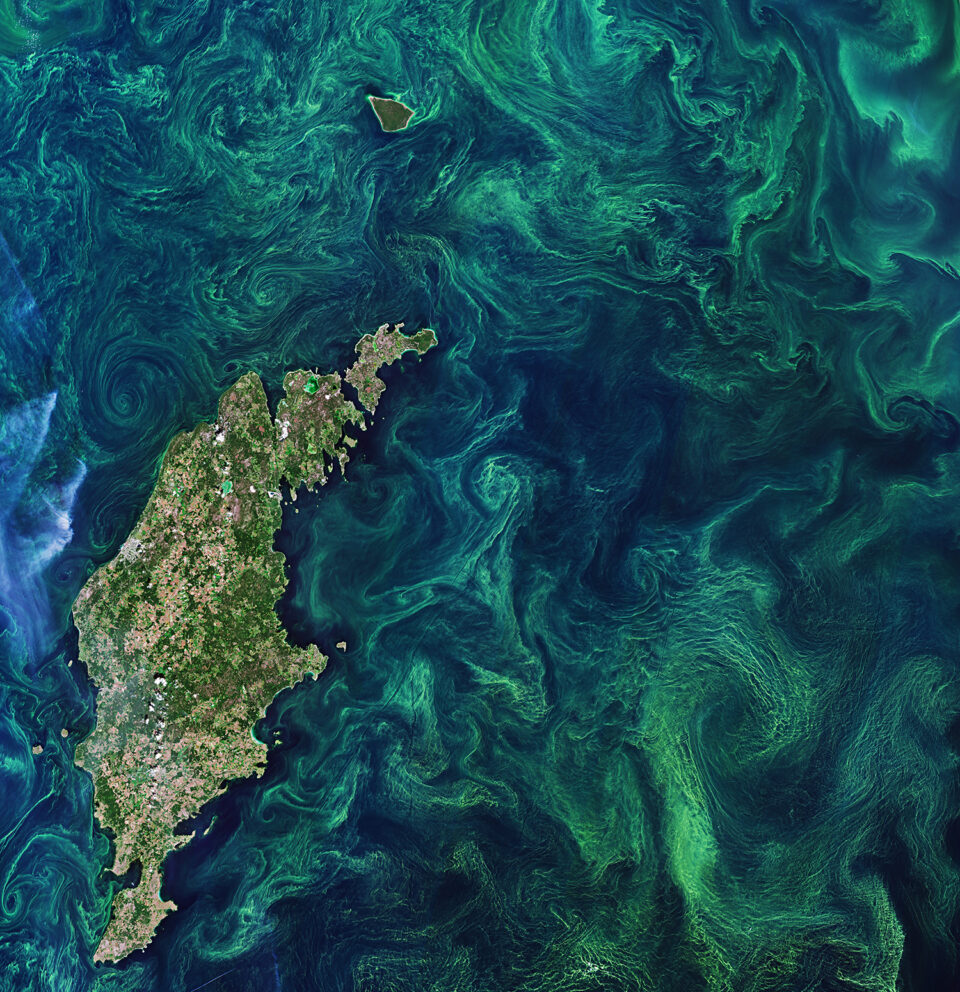
Kathy Mills, a research scientist at the Gulf of Maine Research Institute, said the conservation practices persist but Maine lobster landings are down since their 2016 high. The summer of 2021 was the second-warmest on record for the Gulf of Maine, but Mills said it’s hard to discern whether the numbers are attributable to warmer waters or to supply chain effects from COVID-19.
Still, “We expect that additional warming is going to start to constrain the productivity of that stock,” Pershing said. “We’re pushing the ocean into a state that humans haven’t seen before.”
As stressful as they are, these big events can help drive adaptation forward.
‘A whack over the back of the head’
Both Pershing and Hobday believe better forecasting is essential to the sustainability of fish stocks and the technology for this is already improving. Researchers are starting to run coupled ocean-atmosphere models months, rather than days, into the future.
“If I tell you you’re going to get a really warm event in three months, you’ve got a whole bunch of things you can start to think about in terms of what your options are,” Hobday said. For an aquaculture business, “You could decide to harvest your fish early, change the stocking density, provide more oxygen into the water because warm water holds less oxygen so fish don’t breathe as well.” Innovations to fish feed, selective breeding of species that are suited to warmer waters, and better site selection are also helping build resilience.
With warming waters pushing unusual species into unaccustomed regions, convincing consumers to eat fish other than salmon – the second-most consumed fish in the United States, according to NOAA – could protect against economic loss for wild fisheries. But Pershing said the industry is also desperate for fisheries management to give them “creative ways to find some flexibility in terms of when and where and how they fish” when incoming species are “owned by somebody else.” Whether it’s Atlantic mackerel moving from European waters to Iceland or pollock moving from U.S. to Russian waters, “Fisheries management is only now trying to work that out,” Hobday said.
Finally, as ocean temperatures will most assuredly warm until today’s heatwaves become 2050’s baseline, Hobday wonders when federal disaster aid money will be made available to fishermen.
“Australia implemented $1,000 a week to anyone that was in a COVID-impacted area. What would be the equivalent for fisheries if we value what they provide us for food?” he asked. “A marine heatwave is like a whack over the back of the head. Fishermen should have the same financial protection we give farmers on land.”
Follow the Advocate on Twitter @GSA_Advocate
Now that you've reached the end of the article ...
… please consider supporting GSA’s mission to advance responsible seafood practices through education, advocacy and third-party assurances. The Advocate aims to document the evolution of responsible seafood practices and share the expansive knowledge of our vast network of contributors.
By becoming a Global Seafood Alliance member, you’re ensuring that all of the pre-competitive work we do through member benefits, resources and events can continue. Individual membership costs just $50 a year.
Not a GSA member? Join us.
Author
-

Lela Nargi
Lela Nargi is a Brooklyn, N.Y.-based veteran freelance journalist covering the food system, social justice issues, science/environment, and the places where those topics intersect for The Guardian, Civil Eats, City Monitor, JSTOR Daily, Sierra, Hakai, and Ensia, among other outlets; she’s currently contributing writer for The Counter. You can find her at lelanargi.com and on Twitter @LelaNargi.
Tagged With
Related Posts
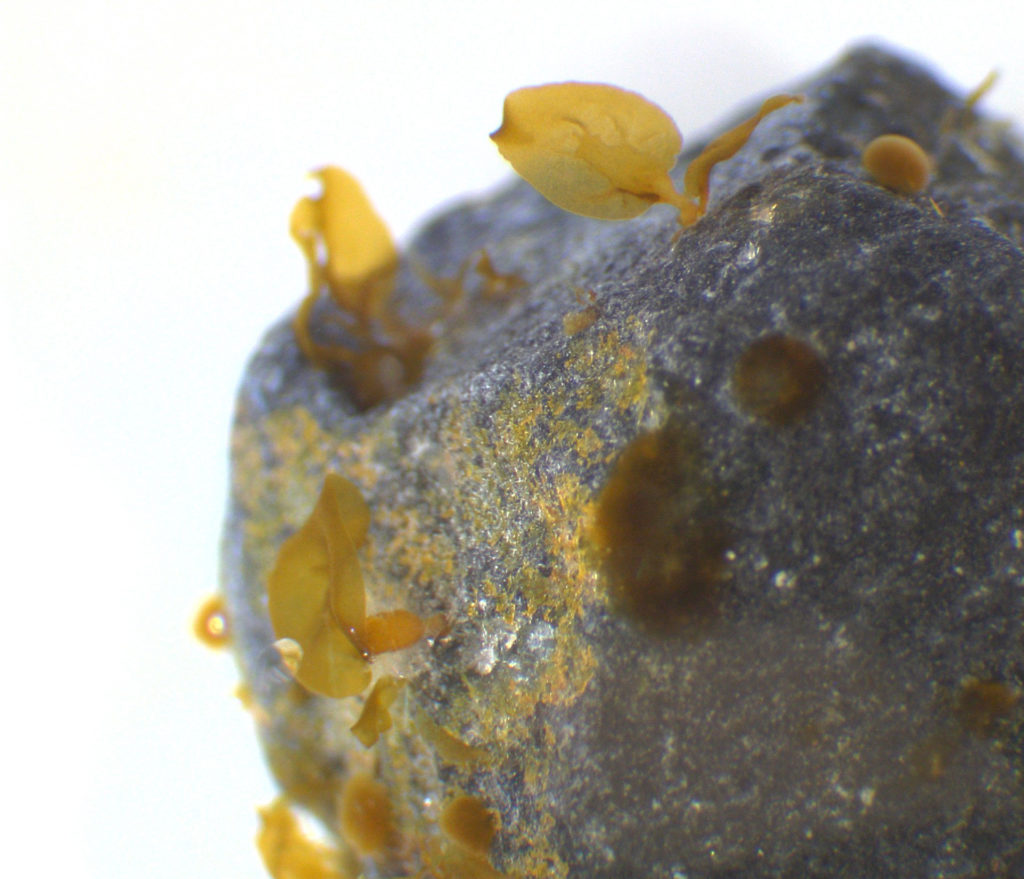
Responsibility
Kelp parachutes: Green gravel reforestation projects showing promise
Researchers are growing kelp seedlings on ‘green gravel’ and then scattering them on the ocean floor, where they’ll hopefully anchor and flourish.
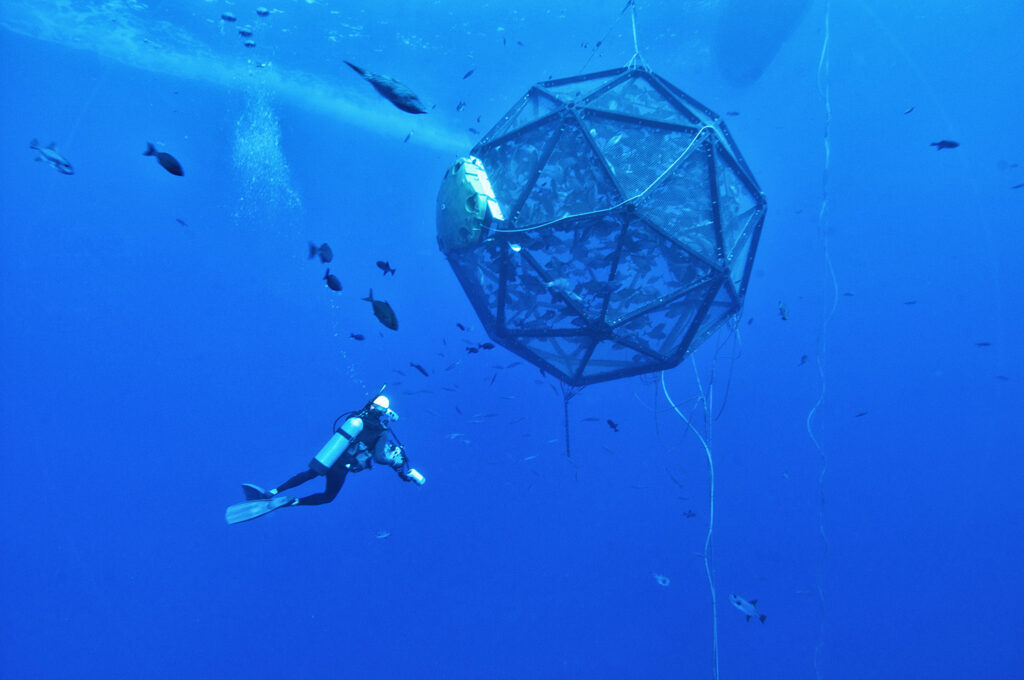
Intelligence
Offshore aquaculture offers a climate change solution, but can farms withstand severe weather events?
The success of open-ocean aquaculture depends on structures that can withstand extreme waves and harsh winds linked to climate change.
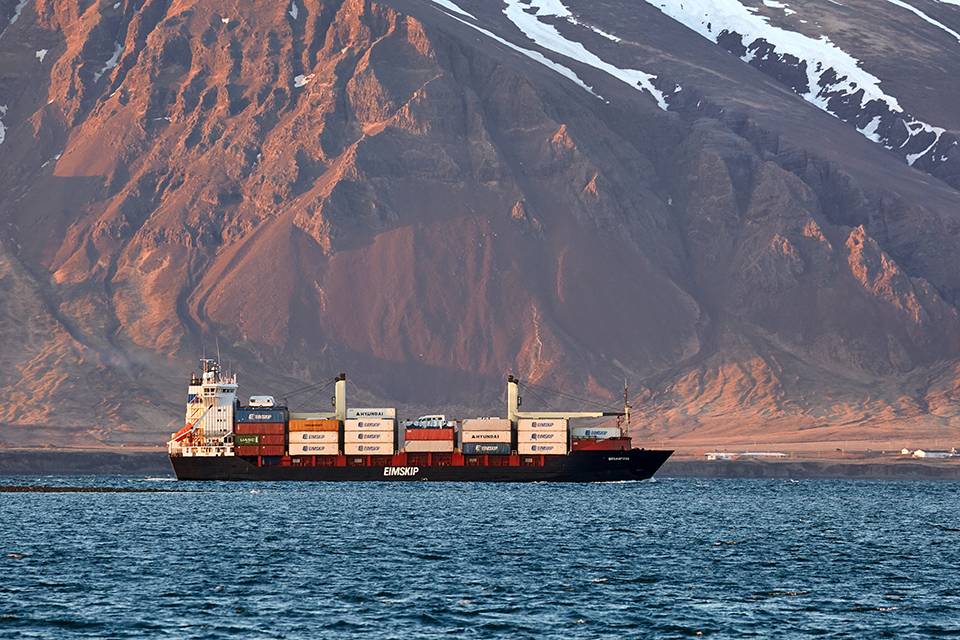
Responsibility
‘They thought we were crazy’: Behind one Faroe Island salmon farmer’s bold stance to reduce its carbon emissions
Hiddenfjord executive’s insistence that “fish should never fly” flies in the face of industry norm. This Faroe Island salmon company intends to do things greener.
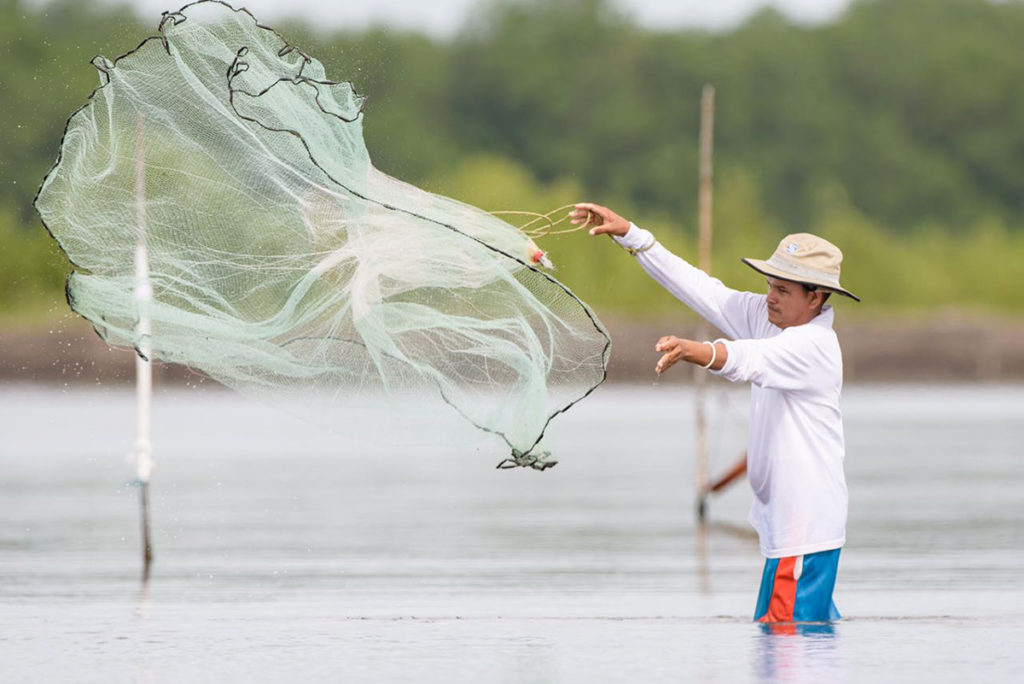
Responsibility
Aquaculture, feed companies embark on a carbon-cutting journey
The aquaculture value chain can significantly reduce carbon emissions with innovations in feed, transportation and operations.


